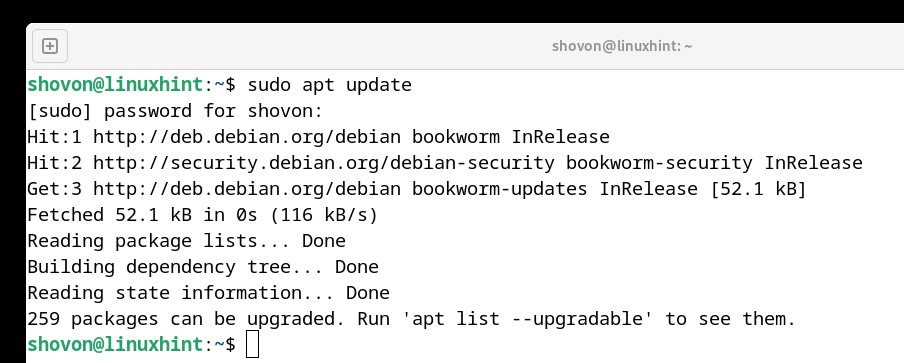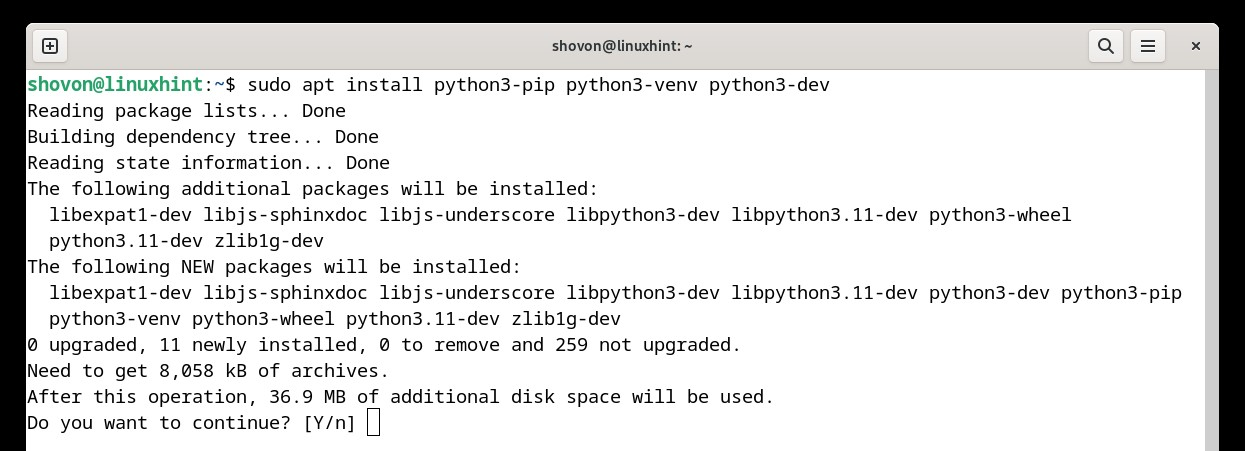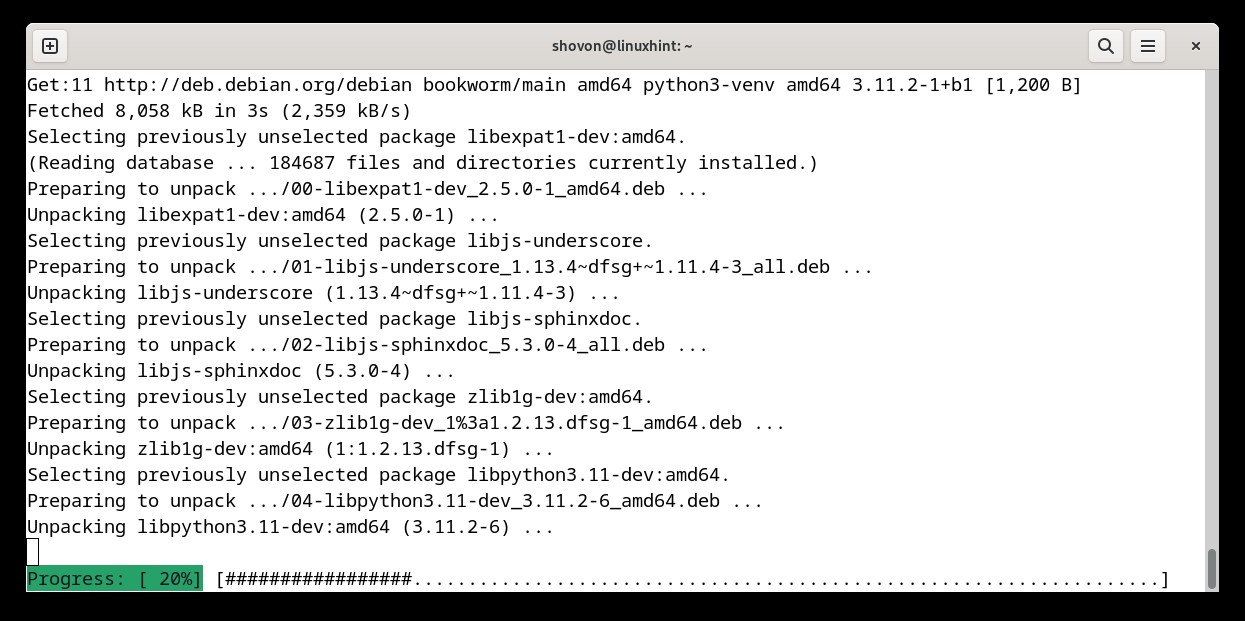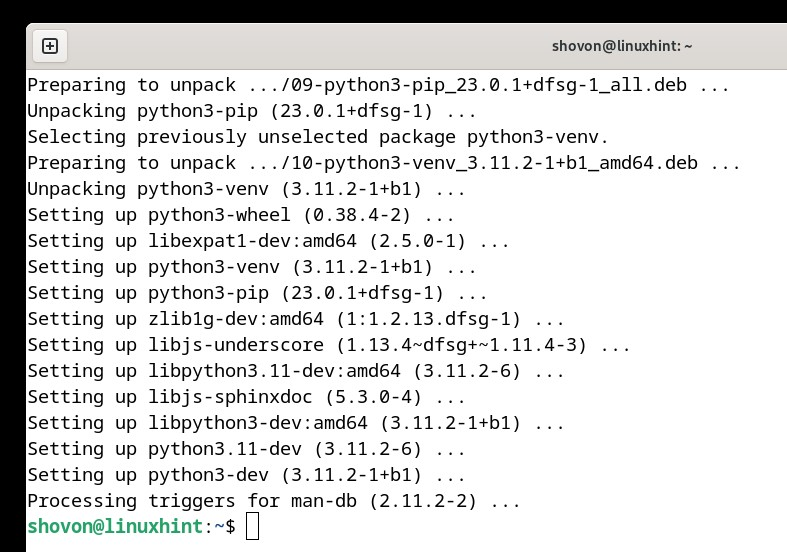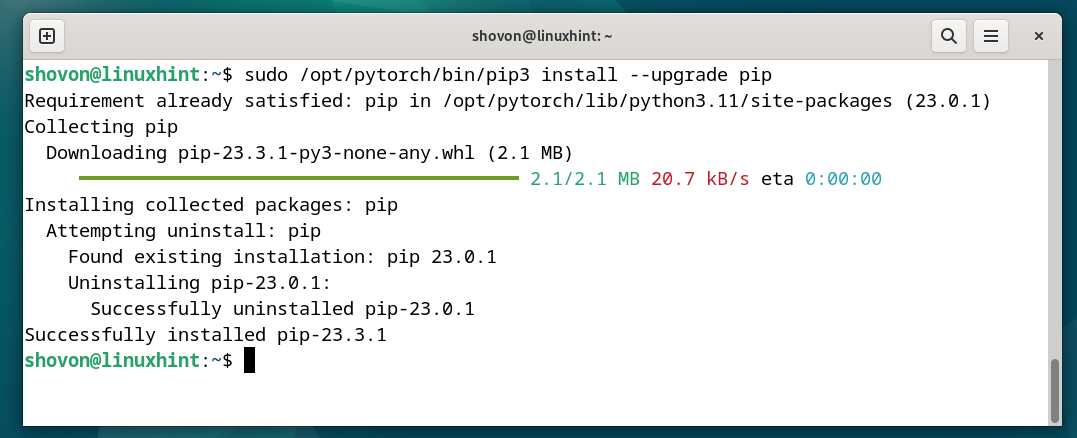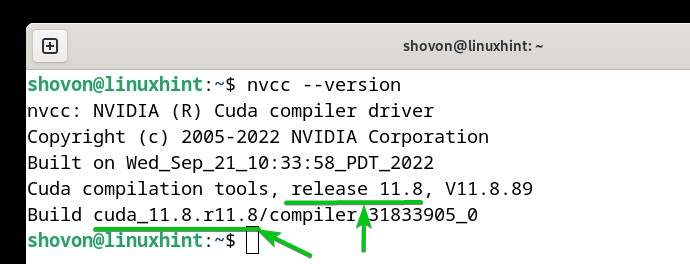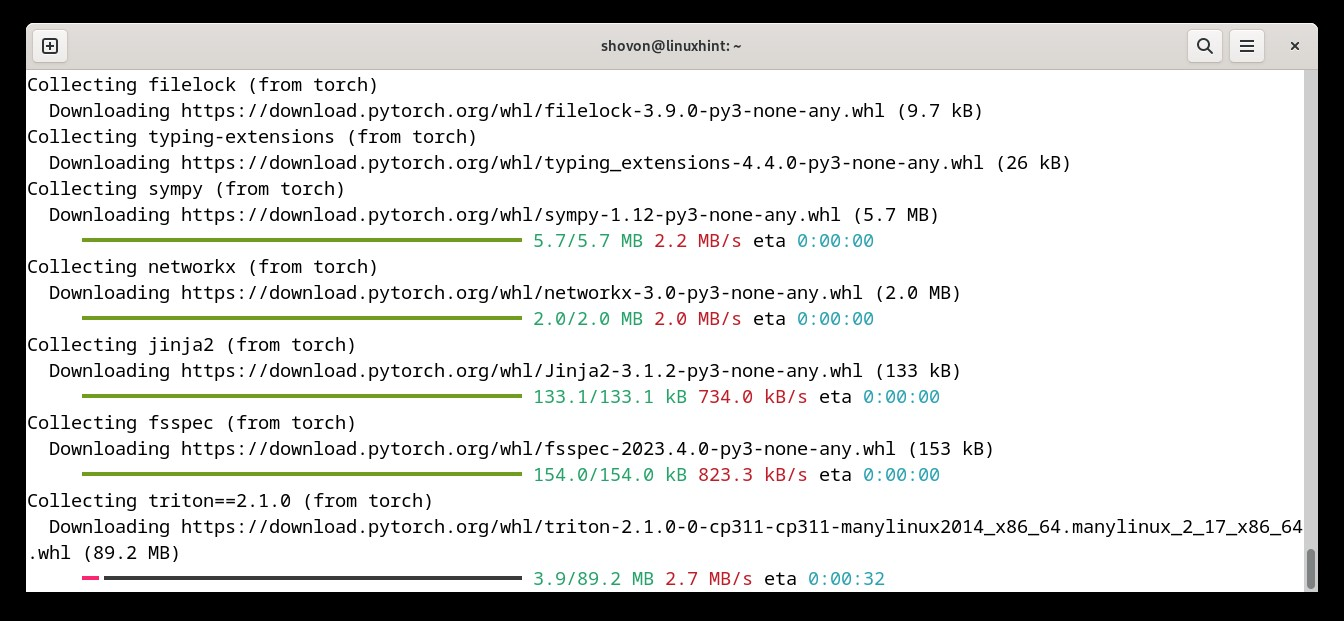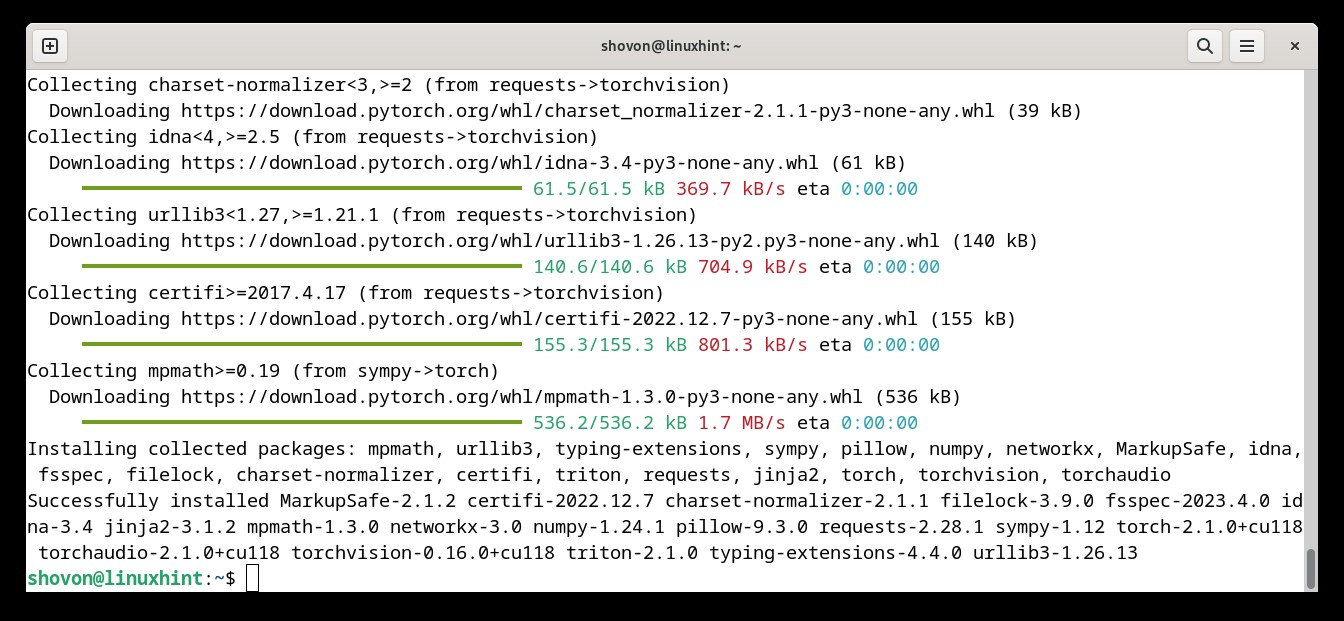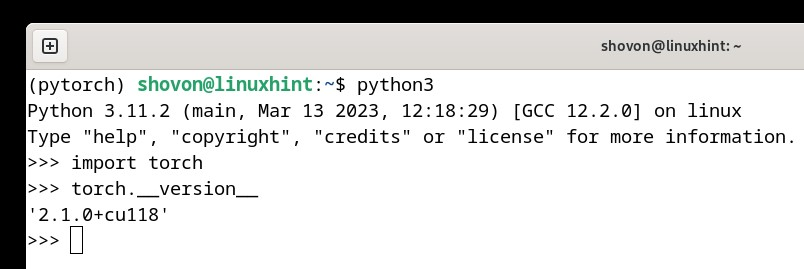PyTorch can accelerate the AI/ML applications using an NVIDIA GPU via the NVIDIA CUDA library natively just like TensorFlow.
In this article, we will show you how to install PyTorch with NVIDIA GPU/CUDA acceleration support on Debian 12 “Bookworm”.
Topic of Contents:
- Installing the NVIDIA GPU Drivers on Debian 12
- Installing NVIDIA CUDA on Debian 12
- Installing Python 3 PIP and Python 3 Virtual Environment (venv) on Debian 12
- Creating a Python 3 Virtual Environment for PyTorch
- Upgrading Python 3 PIP to the Latest Version on the Python 3 PyTorch Virtual Environment
- Installing PyTorch with NVIDIA GPU/CUDA Acceleration Support on Debian 12
- Activating the PyTorch Python 3 Virtual Environment
- Accessing PyTorch and Checking If NVIDIA GPU/CUDA Acceleration Is Available
- Conclusion
Installing the NVIDIA GPU Drivers on Debian 12
For PyTorch NVIDIA GPU/CUDA acceleration to work, you must install the NVIDIA GPU drivers on Debian 12. If you need any assistance in installing the NVIDIA GPU drivers on your Debian 12 system, read this article.
Installing NVIDIA CUDA on Debian 12
For PyTorch NVIDIA GPU/CUDA acceleration to work on Debian 12, you must install NVIDIA CUDA on Debian 12. If you need any assistance in installing NVIDIA CUDA on your Debian 12 system, read this article.
Installing Python 3 PIP and Python 3 Virtual Environment (venv) on Debian 12
To install PyTorch on Debian 12, you need to have the Python 3 PIP and Python virtual environment (venv) installed.
First, update the APT package repository cache with the following command:
To install Python 3 PIP and Python 3 virtual environment (venv), run the following command:
To confirm the installation, press “Y” and then press <Enter>.
Python 3 PIP and Python 3 venv are being installed. It takes a while to complete.
At this point, Python 3 PIP and Python 3 venv should be installed.
Creating a Python 3 Virtual Environment for PyTorch
The standard practice for installing the Python libraries on Debian 12 is installing them in a Python virtual environment so that they don’t interfere with the system’s Python packages/libraries.
To create a new Python 3 virtual environment for PyTorch in the “/opt/pytorch” directory, run the following command:
Upgrading Python 3 PIP to the Latest Version on the Python 3 PyTorch Virtual Environment
To upgrade Python 3 PIP to the latest version on the Python 3 “/opt/pytorch” virtual environment, run the following command:
Installing PyTorch with NVIDIA GPU/CUDA Acceleration Support on Debian 12
For the PyTorch NVIDIA GPU/CUDA acceleration to work, you must install the correct version of PyTorch that supports the NVIDIA CUDA driver version that you installed on your Debian 12 system. At the time of this writing, PyTorch supports the NVIDIA CUDA driver versions 11.8 and 12.1. For updated information on the NVIDIA CUDA driver versions that PyTorch supports, check the official website of PyTorch.
To check the NVIDIA CUDA driver version that you installed on your Debian 12 system, run the following command. As you can see, we have NVIDIA CUDA version 11.8 installed on our Debian 12 system.
To install PyTorch with NVIDIA CUDA 11.8 support on the PyTorch Python 3 virtual environment, run the following command:
To install PyTorch with NVIDIA CUDA 12.1 support on the PyTorch Python 3 virtual environment, run the following command:
PyTorch is being installed on the PyTorch Python 3 virtual environment. It takes a while to complete.
At this point, PyTorch should be installed on the PyTorch Python 3 virtual environment
Activating PyTorch Python 3 Virtual Environment
To activate the PyTorch Python “/opt/pytorch” virtual environment, run the following command:
The PyTorch Python 3 virtual environment should be activated.
Accessing PyTorch and Checking If NVIDIA GPU/CUDA Acceleration Is Available
To open the Python 3 interactive shell, run the following command:
Python 3 interactive shell should be opened.
First, import PyTorch with the following line of code:
To check the version of PyTorch that you installed, run the following line of code. As you can see, we are running PyTorch 2.1.0 with NVIDIA CUDA 11.8 acceleration support (cu118).
To check whether PyTorch is capable of using your NVIDIA GPU for NVIDIA CUDA acceleration, you can run the following line of code as well. If NVIDIA CUDA support is available, “True” will be printed.
If you have multiple GPUs installed on your computer, you can check the number of GPUs that PyTorch can use with the following line of code. As you can see, we have the NVIDIA GPU (RTX 4070) installed on our Debian 12 system.
To exit out of the Python interactive shell, run the following line of code:
Conclusion
In this article, we showed you how to install Python 3 PIP and Python 3 virtual environment (venv) on Debian 12. We also showed you how to create a Python 3 virtual environment for PyTorch on Debian 12 and how to install PyTorch with NVIDIA CUDA 11.8 and 12.1 acceleration support on Debian 12 as well. Finally, we showed you how to activate the PyTorch Python virtual environment and access PyTorch on Debian 12.

